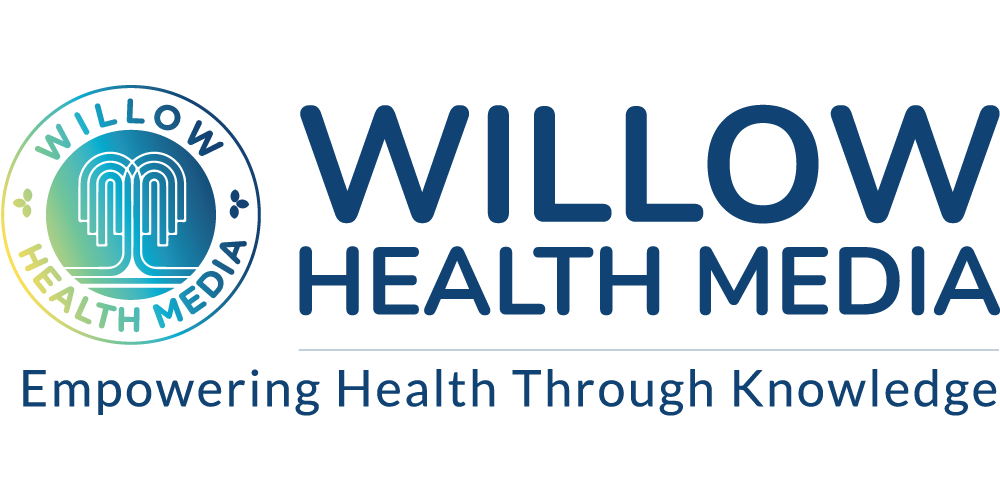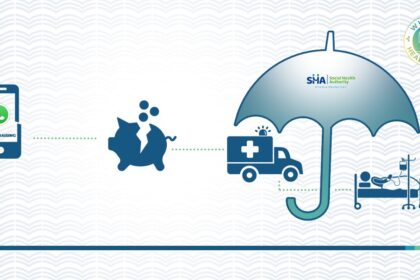DR MERCY KORIR, host of Lifeline Dialogues, spoke to Dr ABDI MOHAMED, the chair of the Social Health Authority (SHA)-on the challenges of rolling it out and why it got a negative reception.
Dr Mercy Korir: Public feedback on SHA has been overwhelmingly negative—anger, disgust, misunderstanding. Why is that?
Dr Abdi Mohamed: It’s true. We Kenyans tend to trust oral narratives more than written ones. The people spreading false narratives are the ones the public listens to.
However, some complaints, like the 2.75 per cent contribution or registration challenges for those without smartphones, are valid.
On registration, we have community health promoters and branches to assist people without access to technology. Unfortunately, that information hasn’t reached everyone.
As for the 2.75 per cent rate, it’s the most equitable system. It ensures fairness, with higher earners contributing more and those earning below Ksh20,000 paying nothing. Any other formula would create inequity.
Dr Korir: What’s being done to address misinformation?
Dr Mohamed: Starting in December, we will roll out a massive grassroots campaign, going to every village, county, and sub-county. We’ll work closely with MPs, constituency offices, and community health promoters to disseminate accurate information. Initially, we had to address ‘teething’ operational issues before talking to the public. Now that the systems are in place, we’re ready to engage.
Dr Korir: In your own assessment, what went wrong during the rollout?
Dr Mohamed: Mainly two things. First, staff engagement. Most junior staff were not adequately engaged by the senior leadership.
Second, is system readiness. Our initial plan was to use both old and new systems. However, the earlier system wasn’t operational as expected. We have addressed these gaps. Staff are now receiving proper communication from headquarters and disseminated to branches, providers, and members including patients. This will establish a feedback mechanism from the ground up, rather than information staying at headquarters.
Dr Korir: Speaking of the acting CEO, was the leadership issue the reason the former acting CEO was let go?
Dr Mohamed: That, plus many other factors. It was a transitional and delicate period, but it was necessary to make corrections. If certain issues are not addressed, you risk compromising the transition entirely. You cannot afford to normalize inefficiencies, especially in a new organization.
Dr Korir: Is there any payment made to providers from SHA? And are all NHIF claims and pending bills being addressed?
Dr Mohamed: Yes. We are addressing the previous pending bills for SHA. Payments are being made this week and next week (end of November 2024) for both the Primary Health Care capitation and the Social Health Insurance Fund claims that have come to the authority. By the end of this month, we will have cleared the Primary Health Care capitation for this quarter—October, November, and December—and we will also have paid the October claims.
Dr Korir: How much are you talking about?
Dr Mohamed: Close to Ksh5 billion.
Dr Korir: That tells you that there’s money. Yet there’s still a lot of complaining. Who is complaining, and why?
Dr Mohamed: There must be some valid reasons for those complaints. Definitely, even when it was NHIF, there were always issues—preauthorisations taking a week, systems being down for a day or two. However, the yardstick being used to judge us now is much stricter—we are expected to be flawless, 100 per cent.
Dr Korir: Of course, Kenyans expect a lot because people are paying more to this authority than before.
Dr Mohamed: People are paying what they are supposed to pay, which is an equitable contribution. It’s not a lot—it’s based on your equitable share. For example, last night, I was at KNH and there was a queue for the PET scan. Each session costs around Ksh50,000. Over the past two weeks, all patients have been covered by SHA; no one is paying cash.
Dr Korir: How much has SHA’s contributory fund collected so far? Have you met your targets?
Dr Mohamed: Not yet. There are challenges with reconciliation with the banks. There’s also ongoing work to map employers—identifying who is compliant, who is not, and which ones are missing.
Dr Korir: What were you expecting?
Dr Mohamed: NHIF used to collect Ksh2 billion per month. This could have doubled, tripled, or even increased fivefold.
The key difference is that the administrative cost is capped at 5 per cent. Previously, NHIF prioritized administration and other activities, with the balance going to providers. Now, it’s providers first, then patients, and the 5 per cent goes toward administration. This requires us to focus more on revenue generation to increase benefits and tariffs and reduce out-of-pocket expenses.
Dr Korir: Women are paying out of pocket, delaying maternity care. or opting for traditional birth attendants. How are you addressing access to maternity care?
Dr Mohamed: This is mainly due to information asymmetry. Communication was sent out last week—maternity services are free in Level 2 and 3 facilities under the Primary Healthcare Fund. Payment is not required; registration is the only requirement.
Additionally, Level 4 facilities are now included in the Primary Healthcare Fund. This means these services are fully covered for patients.
For those accessing Level 5 or 6 facilities, particularly in urban centers, and who cannot afford services, we classify them as indigents. SHA covers the premium rather than the event itself. This ensures the entire family is covered.
Dr Korir: Teenage mothers are minors, dependents. What happens if a teenage mother needs registration?
Dr Mohamed: Teenage mothers are registered as separate households.
Dr Korir: Walk me through the process. I’m in Hospital X, and a 16-year-old teen mother comes in. What happens?
Dr Mohamed: The process requires a legal document—a letter or some other proof and the teenager is registered as a household, and SHA pays for the premium instead of the event.
Dr Korir: But what if it’s midnight, she’s in labour, and there’s no document?
Dr Mohamed: If it’s a Level 2, 3, or 4 facility, it falls under Primary Healthcare, so the patient will be treated regardless.
Dr Korir: What happens if she shows up in labor at a Level 5 or 6 facility?
Dr Mohamed: Level 5 and 6 facilities are mainly in urban centres, where this shouldn’t be an issue. If they’re urban poor, they will be treated as indigents, and we have mechanisms to cover them.
Dr Korir: But what if the facility is unaware of these processes?
Dr Mohamed: This is why communication from headquarters to branches and providers is critical. We are addressing these gaps through regular engagement.
Dr. Mercy Korir: Where do they get the document from? A chief or is it from SHA?
Dr Mohamed: That’s what I need to find out. Once I do, I’ll let you know. It was very clearly stated what documents are needed: a passport, an ID, a refugee permit. So, the documents were clearly listed. There is also a section in the regulation detailing what those who don’t have documents need to be registered. What we are doing, we’ll go to ANC clinics and start the registration program. The second thing is for to register pregnant mothers when they visit household instead of waiting until someone is in labour.
Dr Korir: SHA said Emergency Care should be within the first 24 hours and not be denied. However, hospitals and providers are saying they don’t even know how to claim. Has this been streamlined?
Dr Mohamed: … The way the ambulance tariff has been envisioned is for SHA to set up a call centre and onboard ambulances. However, it’s for us to tell you where to pick and dispatch the ambulance. This process has now started, and the team is working on it.
Dr Korir: I had a bad experience. I contacted the SHA call centre and I was on hold for about 20 minutes. When the lady answered, she didn’t know what to do, just asked for the name and ID and said they would get back to me. I’m still waiting. In an emergency, you need a call centre that responds within seconds, not minutes.
Dr Mohamed: We are addressing the issue of the number to call and the people responding at the call centre. Most complaints are system-related. A normal customer care person wouldn’t be able to check the system to identify the issue, which is why they ask for your details to forward the issue. This causes delays. We are having both the customer care team and IT team in the same space to quickly check the backend and address issues like eligibility or adding dependents.
On ambulance services, the professionals handling that are trained to assess whether an emergency requires an ambulance or not.
On the clinical side, we’ve implemented a system that generates a unique code for people who don’t have identifiers. If the person is unconscious or unable to communicate, we proceed with the treatment.
Even if they are conscious and not registered, we record their name, ID, and phone number, but registration and payment are not required at the point of care. We’ll deal with any facility that tries to take advantage of this system.
Dr Korir: When you take stock of the SHA rollout since October, how do you rate your performance?
Dr Mohamed: We definitely had challenges, but that doesn’t mean we have a D minus. There has been progress. We have automatically empaneled anyone licensed by KMPDC. On contracting, yes, there was a delay. Initially, we were doing manual contracts, but moved to e-contracting, which has reduced the contracting time for new facilities from two years to an hour.
So, for me, I don’t know what rate you would give that—from a two-year timeline to an hour in contracting—that’s excellent, of course.
One of the biggest challenges was the disparity between the Master Facility List (MFL) code and the KMPDC code. The MFL was a parallel coding system run by the Ministry of Health and conflicted with KMPDC, which is the regulator.
That created a challenge in issuing credentials. But now there is no facility I am aware of that has been contracted without proper credentials to log in.
Regarding tariffs, we have a gazetted document.
On preauthorisation, previously, it used to take two weeks, or two days, depending on who or what you know. In the first month, our record was a turnaround time of one hour for approvals.
Now, our average is 13 hours, but we would want to reduce that even further.
One aspect we haven’t yet fully addressed is biometrics. Currently, we are using OTPs. I’m hopeful that before the end of this month, biometrics will be in place. Biometrics are a more secure and long-term solution than OTPs which are SMS-based, and anything can happen with networks or phones. For dependents, the OTP often goes to the principal member.
Dr Korir: When principal members add dependents, don’t they upload supporting documents?
Dr Mohamed: Yes, like a birth certificate for a child or an ID for a spouse. The system sends a notification to the spouse saying, “AB is adding you as a dependent.” The spouse has to confirm by providing the OTP. But this process has loopholes and biometrics are crucial.
Dr Korir: What would you say are your top priorities, between now and December 31?
Dr Mohamed: The priority is to spread information to the local villages so that people understand exactly what SHA is all about.
Secondly, we need to have cleared the SHA bills for October and November.
Third, we need to operationalize the emergency and ambulance services.
We also want to onboard as many Kenyans as possible, especially the self-employed, such as the boda riders, farmers, the different cooperatives.
Then, once we move into the new year and get the supplementary budget, we will focus on clearing the NHIF debts.
Transcribed by Yvonne Kawira from Lifeline Dialogues on Willow TV and Willow Podcast.





















